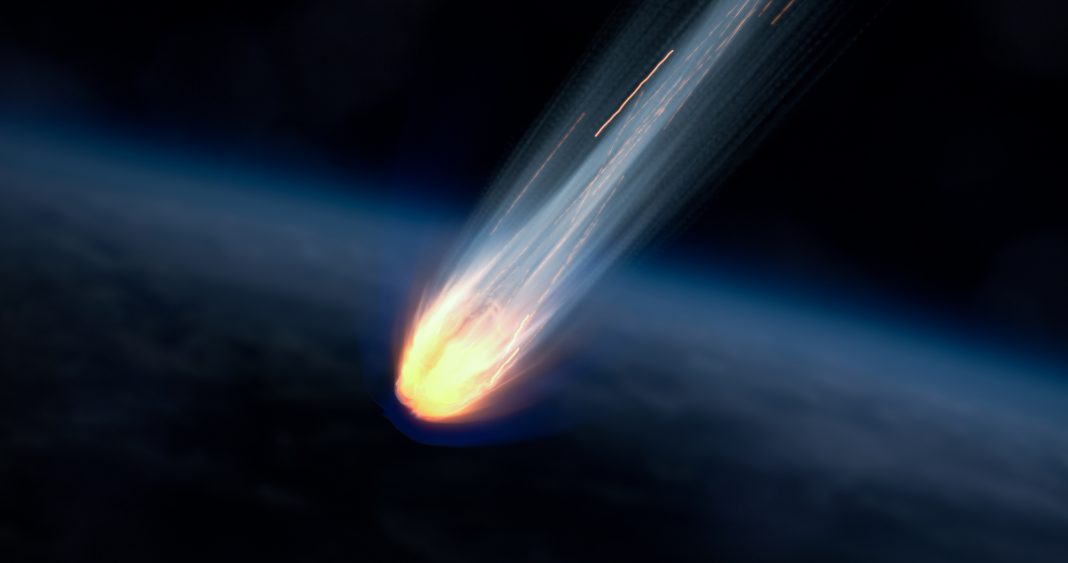The asteroid discovery algorithm, HelioLinc3D, has revealed its ability to detect “potentially hazardous” near-Earth asteroids and potentially prove invaluable in times of need
Developed for the Vera C. Rubin Observatory’s upcoming sky survey, HelioLinc3D, identified its first “potentially hazardous” asteroid, a term for space rocks in Earth’s vicinity that scientists like to keep an eye on.
The asteroid 2022 SF289, roughly 600-foot-long, was discovered at a distance of 13 million miles from Earth during a test of the algorithm within the ATLAS survey in Hawaii.
Finding 2022 SF289, which poses no risk to Earth for the foreseeable future, confirms that the next-generation algorithm can identify near-Earth asteroids with fewer and more dispersed observations than required by today’s methods.
The real-world effectiveness of asteroid detection
“By demonstrating the real-world effectiveness of the software that Rubin will use to look for thousands of yet-unknown potentially hazardous asteroids, the discovery of 2022 SF289 makes us all safer,” said Rubin scientist Ari Heinze, the principal developer of HelioLinc3D and a researcher at the University of Washington.
Our solar system is packed with tens of millions of rocky bodies, from small asteroids (no larger than a few feet) to dwarf planets roughly the size of Earth’s moon.
Although most of these bodies are distant, a few continue to orbit close to the Earth, with the closest taking it within 5 million miles of Earth’s orbit. These special few warrant special attention.
These aptly named “potentially hazardous asteroids,” or PHAs, are systematically searched for and monitored to ensure they won’t collide with Earth.
ALTAS survey: Protecting us from near-Earth asteroids
Scientists search for PHAs using specialized telescope systems like the NASA-funded ATLAS survey, run by a team at the University of Hawaii’s Institute for Astronomy.
By taking images of sections of the sky at least 4 times a night, researchers are able to track when a point of light moves in a straight line over the series of images. By using this method scientists have discovered 2,350 PHAs but estimate that at least as many more await discovery.
In retrospect, ATLAS had observed 2022 SF289 three times on four separate nights but never the requisite four times on one night to be identified as a new near-Earth asteroid. But these are just the occasions where HelioLinc3D excels. The algorithm was able to successfully combined fragments of data from all four nights and made the discovery.











